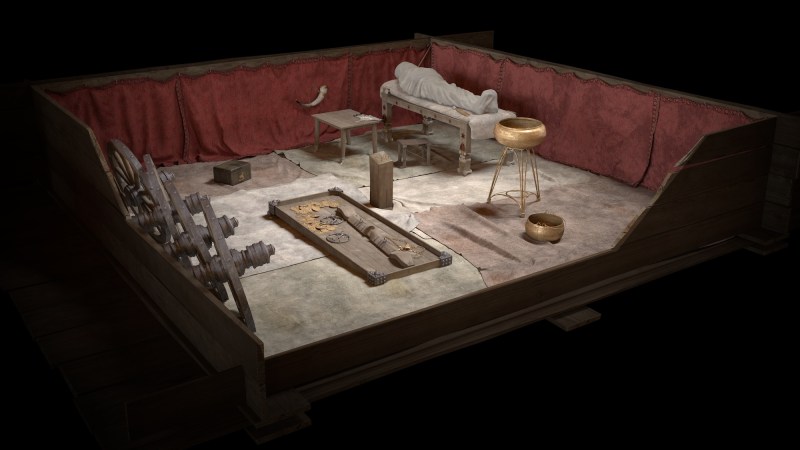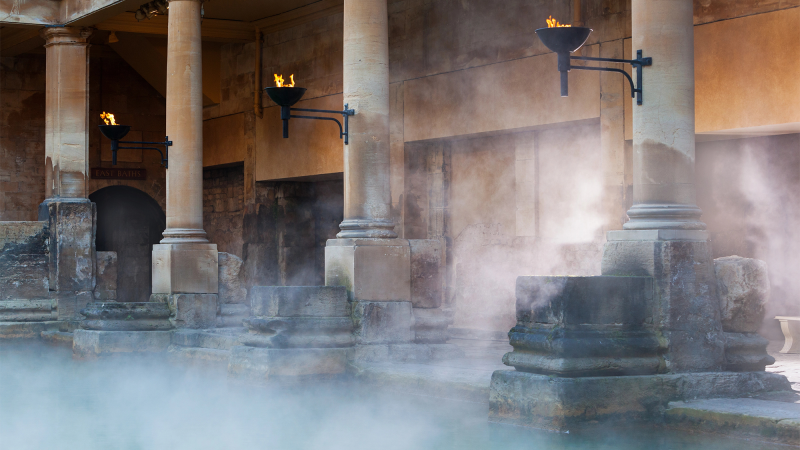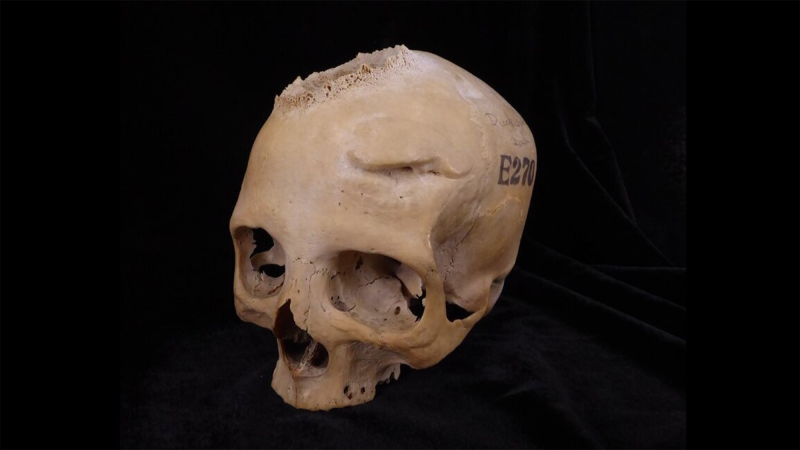Happy Summer Solstice! Today is the longest day of the year in the Northern Hemisphere, where those of us below the Arctic Circle see an average of 15 hours of sunlight. Those closer to the poles will experience a staggering 24 hours with the sun above the horizon.
Humans have been marking this important day for millennia—with bonfires, dancing, festivals, stone circles, and more to commemorate the turning of the seasons. A 4,000 year-old timber circle on the beach in Norfolk, England nicknamed “Seahenge” also aligns with the summer solstice. While the exact reasoning behind why Seahenge was constructed is still debated, a recent study published in GeoJournal proposes that it was created as a way to, as locals believed, extend the summer after a period of extreme cold when the third millennium BCE ended.
[Related: Newly discovered ‘Stonehenge of the Netherlands’ is 4,000 years old.]
What is ‘Seahenge’?
Holme 1–aka Sehenge–is a 4,000-year-old Bronze Age timber circle. It was first revealed to modern eyes in 1998, when the sands on Holme-next-the-sea beach in Norfolk began to shift.
An upturned tree-stump is at the center of the circle and it is surrounded by 55 closely fitted oak posts.
Archeologists believe that it was originally built on the saltmarsh away from the sea and estimate that it was constructed from wood dating from the spring of 2049 BCE. The circle likely would have been positioned in an area that was protected from the sea by mud flats and sand dunes. This swampy area slowly created a layer of peat over time which protected them from decay.

Nearby is another Bronze Age structure designated as Holme II. This second, adjacent ring of timber is dated to the same year and is centered on two flat oak logs.
The climate connection
Previously, some scientists suggested that both structures may have been built to mark the death of an individual. Others suggested that they were used for sky burials, like those practiced to this day in Tibet. During a sky burial, the deceased is placed inside to be eaten and carried away by birds, with the belief that the body and soul are now dispersed to the heavens.
In this new study, University of Aberdeen archaeologist David Nance proposes an alternative explanation. Seahenge and the adjacent timber circle were built during an extremely cold climatic period for rituals intended to extend the summer’s warmer weather.
“Dating of the Seahenge timbers showed they were felled in the spring, and it was considered most probable that these timbers were aligned with sunrise on the summer solstice,” Nance said in a statement. “We know that the period in which they were constructed 4,000 years ago was a prolonged period of decreased atmospheric temperatures and severe winters and late springs placing these early coastal societies under stress.It seems most likely that these monuments had the common intention to end this existential threat but they had different functions.”
The Myth of the Pent Cuckoo
Seahenge’s alignment of the sunrise on the summer solstice suggests that it mimicked a ‘pen’ to keep an important summer symbol inside. In ancient folklore from the time, the cuckoo symbolized fertility. The bird stopped singing on the summer solstice and brought the summer weather with it back to the Otherworld.
This ritual is remembered in the “Myth of the Pent Cuckoo.” In this story, an unfledged cuckoo was placed into a thorn bush and “walled-in” to extend the summer. However the bird always flew away.
Seahenge was potentially used as a pen to keep the unfledged cuckoo bird singing, extending the summer and its warmth.
“The monument’s form appears to imitate two supposed winter dwellings of the cuckoo remembered in folklore: a hollow tree or ‘the bowers of the Otherworld’ represented by the upturned oak-stump at its center,” said Nance.
The sacrifice of sacred kings
Holme II has a potentially more deadly origin. Numerous legends of ‘sacred kings’ described in Iron Age Ireland and northern Britain were sacrificed if misfortune fell on the community. This occurred at Holme-next-the-sea, in an attempt to please Venus to restore harmony.
[Related: DNA suggests ancient Celtic royalty was matrilineal.]
“Evidence suggests that they were ritually-sacrificed every eight years at Samhain (now Halloween) coincident with the eight-year cycle of Venus,” says Nance. “The fixtures in Holme II that were thought to hold a coffin, are orientated towards [the] sunrise on Samhain in 2049 when Venus was still visible.”
Both of these monuments had different functions associated with separate rituals, but are linked with the common goal of ending the bitterly cold winter weather ahead. According to Nance, studies like these demonstrate the importance of using regional folklore, along with archaeological, environmental, climatic, astronomic, and biological data to paint a more detailed picture of the past.

















